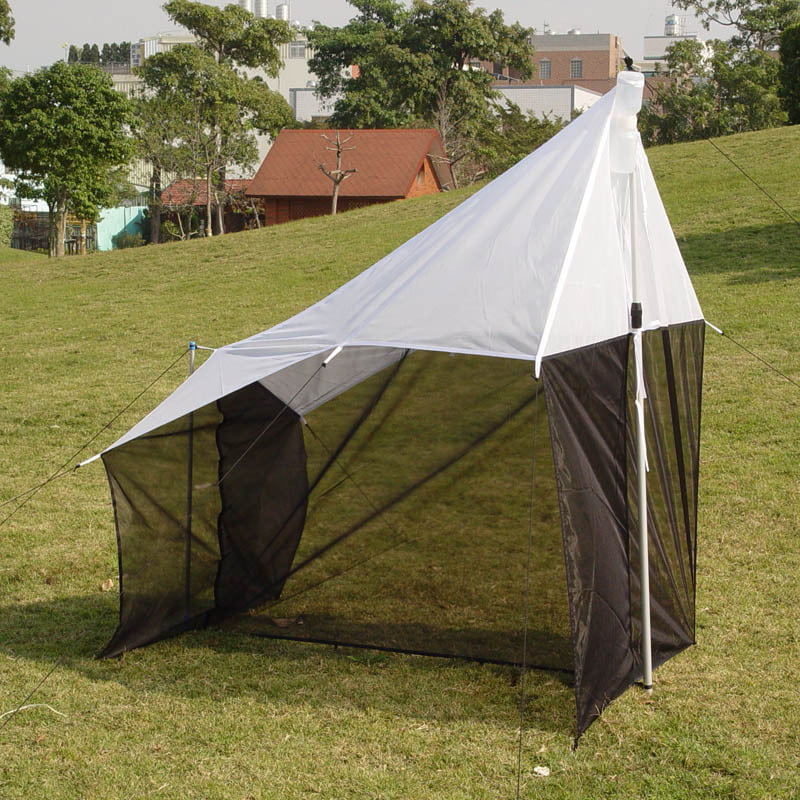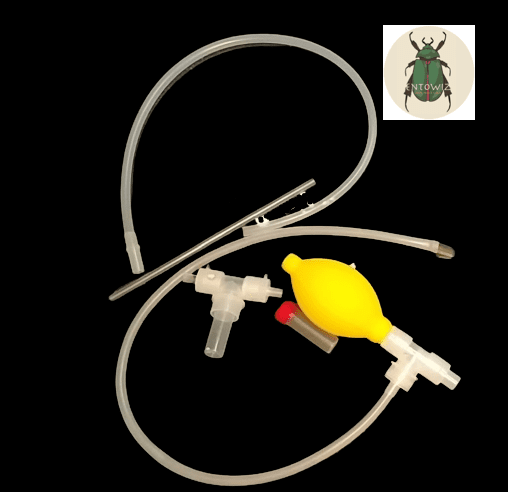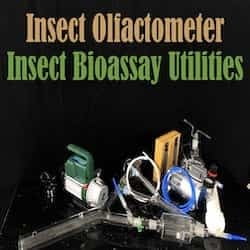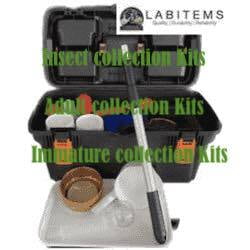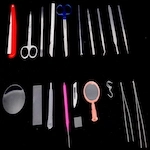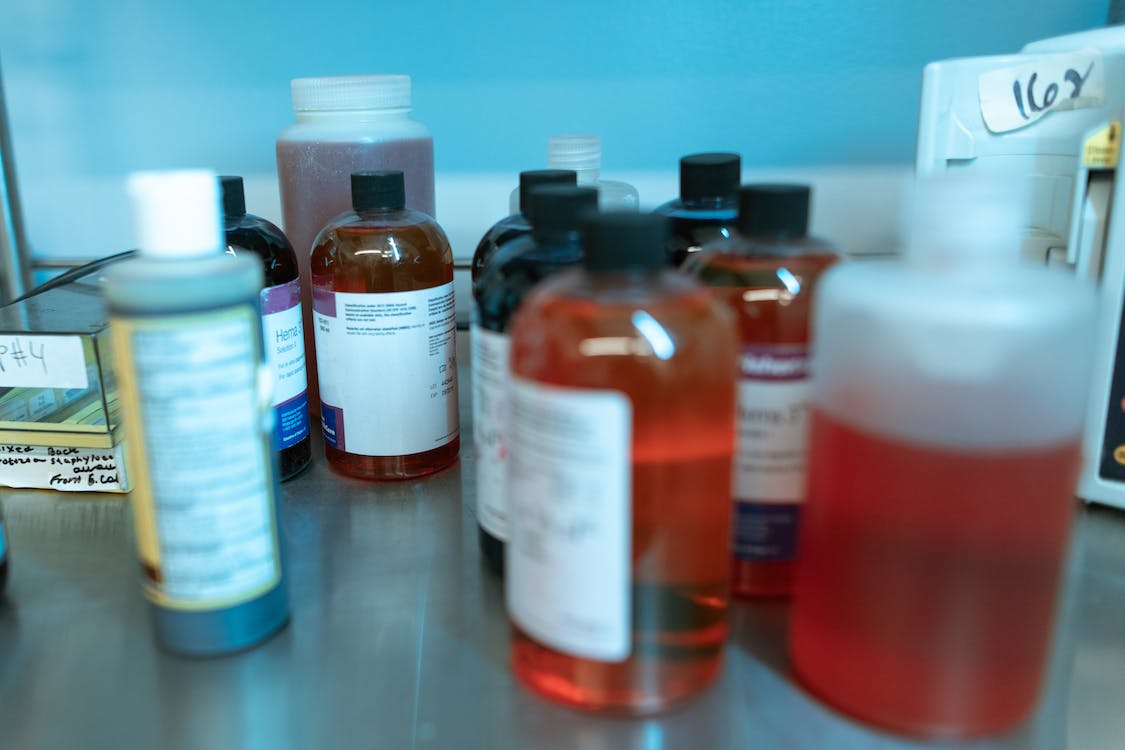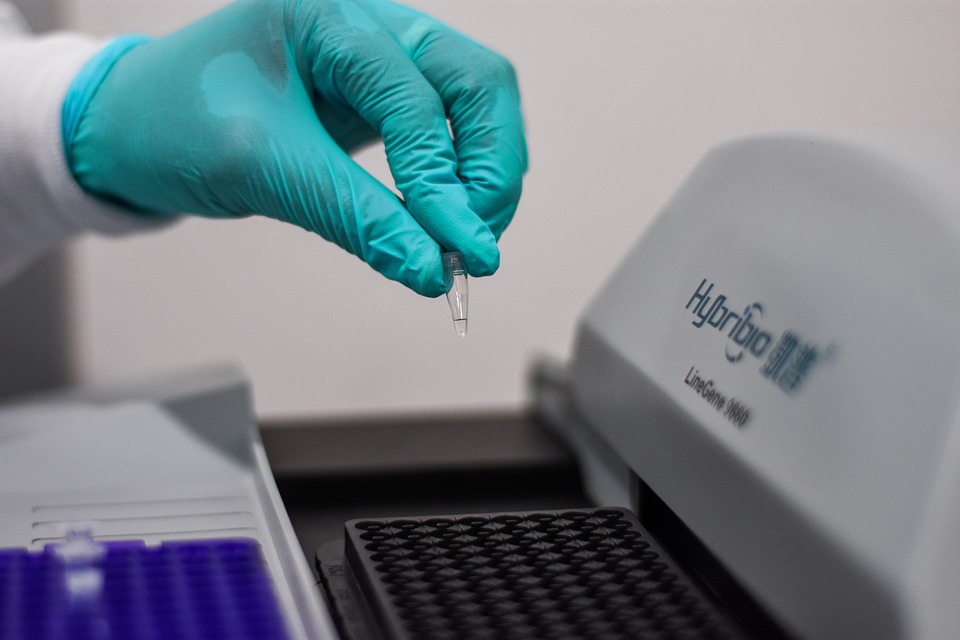
Toluidine Blue for Microscopy for staining plant and animal tissue CAS #92-31-9
Toluidine blue is a blue dye that is used to color certain parts of cells in a tissue sample. It is used in histology, which is the study of tissues. Toluidine blue is used to test for lignin, which is a molecule that makes plant cell walls strong. If the test is positive, the solution will turn from blue to blue-green. Toluidine blue can also be used to stain chromosomes in plant and animal tissues. It can also be used to identify mast cells and stain proteoglycans and glycosaminoglycans in tissues such as cartilage. When toluidine blue is used to stain a tissue sample, it makes some parts of the cells blue and other parts purple. This helps scientists see the different parts of the cells more clearly. Toluidine blue can be used to stain thin sections of tissue that are embedded in resin or frozen sections of tissue. When toluidine blue is used on thin sections of tissue, everything in the tissue is stained, but structural details are clearly visible due to the thin section. Toluidine Blue allows you to stain and review frozen sections in 10-20 seconds, which is much faster than other staining methods for frozen sections.
Uses of Toluidine Blue in Tissue Staining:
- Mast Cells Identification: Toluidine Blue is used extensively to stain mast cells, highlighting their granules.
- Oral Lesions: It's used as a vital stain to identify dysplasia or carcinoma in situ in the oral cavity.
- Cartilage: Toluidine Blue stains cartilage tissue by highlighting the matrix.
- Nerve Fibers: It's employed in visualizing nerve fibers in certain instances.
- Microbiology: Toluidine Blue can be used to stain certain bacteria and other microorganisms for visualization.
- Forensics: Used in identifying areas of skin abrasion in post-mortem examinations.
Advantages of Toluidine Blue in Tissue Staining:
- Metachromatic Properties: Its ability to change color depending on the tissue component it binds to provides differentiation in tissues.
- Sensitivity: It can detect minute details, making it especially useful in identifying early-stage pathological changes, such as dysplasia in the oral mucosa.
- Quick & Simple: Toluidine Blue staining procedure is relatively fast and straightforward, making it a favorable choice in clinical settings.
- Affordability: Compared to some other staining agents or procedures, Toluidine Blue is generally more cost-effective.
- Versatility: Its application spans across multiple fields, including histology, cytology, microbiology, and forensics.
- Better Visualization: Particularly for mast cells, Toluidine Blue provides a clear and distinct visualization of granules, aiding in easy identification.
- Safety: While safety precautions should always be taken, Toluidine Blue is generally considered less hazardous than some other histological dyes.
We can supply Toulidine blue solution too. The die solutions are available in 25, 50, and 100ml with 0.5% concentration.



